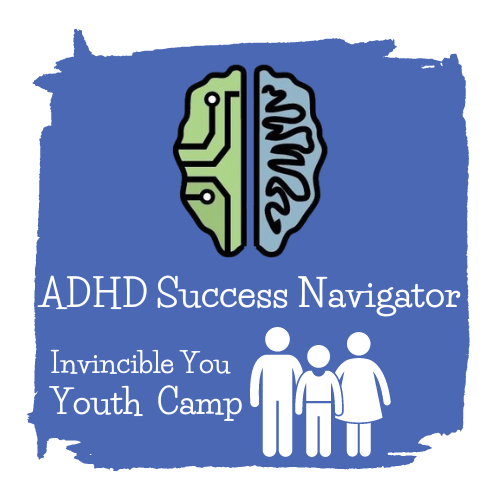
Actively Listening to Your Child: Building Stronger Connections
Actively Listening to Your Child: Building Stronger Connections
by George Hersh in ADHD | Posted on 03/19/2021 07:00 AM
The Importance of Communication in Parenting
Communicating with our children can be a challenging task at times. We often feel like they're not listening to us, and they feel like we're not listening to them. Good listening and communication skills are essential to successful parenting. Your child's feelings, views, and opinions have worth, and it's crucial to make sure you take the time to sit down, listen openly, and discuss them honestly.
Responding vs. Reacting: Understanding the Difference
It seems to be a natural tendency to react rather than to respond. We pass judgment based on our own feelings and experiences. However, responding means being receptive to our child's feelings and emotions, allowing them to express themselves openly and honestly without fear of repercussion. By reacting, we send our children the message that their feelings and opinions are invalid. Conversely, by responding and asking questions about why the child feels a certain way, it opens a dialog that allows them to discuss their feelings further, and it allows you to better understand where they're coming from.
The Power of Active Listening
Active listening involves giving your child your full and undivided attention. This means putting down your newspaper, stopping your chores, or turning off the television so you can hear the full situation and make eye contact with your child. Keep calm, be inquisitive, and afterward, offer potential solutions to the problem. Don't discourage your child from feeling upset, angry, or frustrated. Our initial instinct may be to say or do something to steer our child away from these feelings, but this can be a detrimental tactic.
Encouraging Open Communication
Listen to your child, ask questions to find out why they are feeling that way, and then offer potential solutions to alleviate the bad feelings. Just as we do, our children have feelings and experience difficult situations. By actively listening and participating with our child as they talk about it, it demonstrates to them that we do care, we want to help, and we have similar experiences of our own that they can draw from. Remember, respond - don't react.
Spending Quality Time Together
One of the most effective ways to build a strong relationship with your child is by spending quality time together. The ADHD Learning Pathways - Success Navigator Invincible YOU | Youth Camp is a fantastic opportunity to connect with your child. By dedicating just one hour a day to quality time, you can significantly strengthen your relationship for life. This camp is designed to help parents and children work together on various activities that foster communication, understanding, and mutual respect.

The Benefits of Quality Time
When you invest time in your child, you show them that they are a priority in your life. This builds their confidence and self-worth, knowing that they are valued and loved. Quality time also allows you to better understand your child's interests, struggles, and achievements. It provides a platform for open communication, where your child feels safe to express their thoughts and feelings.
Creating Lasting Memories
Engaging in activities together creates lasting memories that your child will cherish. Whether it's playing a game, going for a walk, or simply talking about their day, these moments are invaluable. They provide a sense of stability and security, reinforcing the bond between you and your child.
Implementing Active Listening in Daily Life
To implement active listening in your daily life, start by setting aside dedicated time each day to talk with your child. Make it a routine, so they know they have your undivided attention at that time. During these conversations, focus on what they are saying without interrupting. Use open-ended questions to encourage them to share more about their thoughts and feelings.
Practical Tips for Active Listening
1. Make Eye Contact: Show your child that you are fully engaged in the conversation.
2. Use Positive Body Language: Nod, smile, and lean in slightly to show interest.
3. Avoid Interruptions: Let your child speak without cutting them off.
4. Reflect Back What You Hear: Paraphrase what your child has said to show understanding.
5. Ask Open-Ended Questions: Encourage deeper conversation with questions that can't be answered with a simple "yes" or "no".
Conclusion
Actively listening to your child is a powerful tool in building a strong, healthy relationship. It shows them that you value their thoughts and feelings, fostering a sense of security and trust. By responding rather than reacting, you create an open dialogue that encourages your child to share their experiences and emotions.
